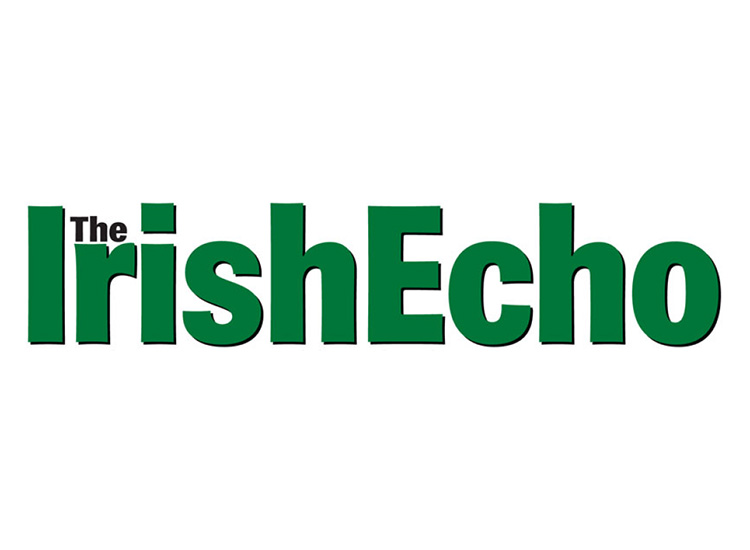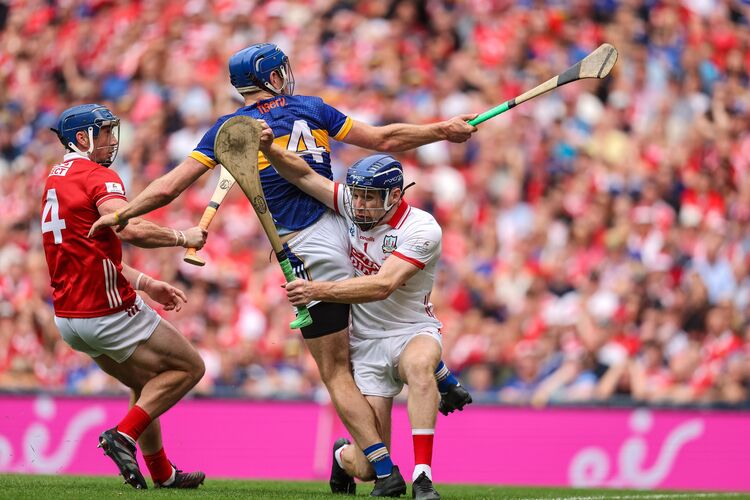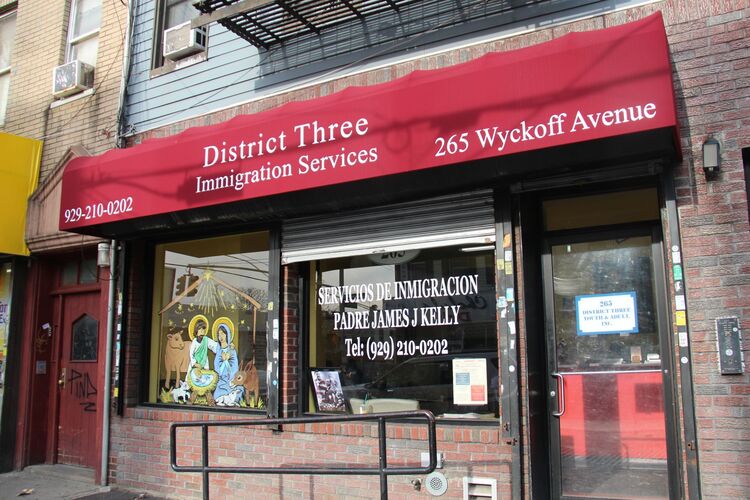A prediction at the conclusion of the first Sunday of the hurling championship. At some point in the next few weeks, at least one pundit or columnist will decry the fact hurling has become such a regionalized delicacy it can no longer legitimately claim to be a national sport.
There will be hand-wringing about the problems involved in promoting the game in non-traditional areas, whingeing about the difficulties faced by kids trying to learn it for the first time, and, then, everybody will more or less agree nothing very much can be done to improve the situation.
This, of course, is complete balderdash. When the Milwaukee Hurling Club's 2011 season began at Kletzsch Park on the banks of the Milwaukee River a couple of Sundays back, eight adult teams took the pitch. Just one per cent of the players togging out for sides that take the names of local bars (McBobs, Packys etc) were born in Ireland. One per cent. All the rest were Americans who grew up with baseball, lacrosse and ice hockey and, for most of their lives, thought hurling was something people do after they've drunk too much and eaten a dodgy kebab.
Since 1996, a group of zealots led by a man called Dave Olson, that rare American boasting no Irish ancestry whatsoever, have grown a hurling club from nothing to over 300 members. If this can be done in the Midwest of America, every excuse ever offered for the failure to properly spread the hurling gospel around the island of Ireland is rendered invalid. Run your finger along the story of how they managed this particular miracle and you find less carping about the obstacles in their way and much more enthusing about the potential for further growth in these parts.
How else could it be when a club now generally acknowledged as the fastest-growing and best-run in North America was born almost by accident? Danny Quigley and Tommy Mills, Irish natives working in the Black Shamrock bar, used to wax lyrical about hurling to Olson. A promising baseball player in his youth, Olson didn't get a hurley in his hand until his early thirties. At an age when most junior hurlers are heading for the hills, he fell instantly in love with the game and started his new career. Not just playing but evangelizing on behalf of the sport.
In its first year, Milwaukee Hurling Club consisted of roughly twenty people foostering around, trying to copy moves they watched on videotapes and improvising drills at training sessions. Some laughed at their initial efforts and reckoned it impossible to take up such a skilful game in adulthood. That talk only drove them on. Within a decade, Olson's work would be recognized with a GAA President's award by Croke Park and the club would be an acknowledged wonder of the wider Gaelic world.
It's not difficult to understand why they've flourished. Players of every age and ability are encouraged to play, an inclusive philosophy underpinned by a rule stipulating everybody who togs out is guaranteed at least 45 minutes of action each weekend. To make it easy on those who are parents, adult and youth training sessions are held simultaneously. To keep things competitive, players are assigned to clubs according to ability so the teams are all more or less of the same standard. And every match has two referees on the field.
If there are one or two ideas there that might make a difference in Irish clubs struggling to keep men and women involved beyond a certain age, Milwaukee has a tendency for imaginatively marketing the sport. The camogie wing of the club brought out a 2011 calendar that garnered heaps of positive publicity. How? Just by being a bit clever. Every month featured a camogie player imitating iconic images such as The Clash's "London Calling" album cover (with a hurley in place of the guitar) and Audrey Hepburn's "Breakfast at Tiffany's" movie poster.
These are good times for those hoping the rest of the world might one day take notice of hurling. This past weekend, the UC Berkeley, Indiana and Purdue were all scheduled to send teams to participate in the first National Collegiate Hurling finals at Gaelic Park in Chicago. All the more impressive is the fact that to get to the tournament, Berkeley had to see off Stanford University and UC Davis for the title of student champions of California. Barely two years have passed since Berkeley and Stanford squared off in the first-ever collegiate hurling match, and already this is how it has grown.
There are lessons in all these stories for those in Ireland who believe hurling can't be revived in those counties where it is moribund, or even in those areas of traditional counties where it's frowned upon. We are talking about you West Cork. How can a bunch of students in California without any of the resources available to a GAA club in Ireland, pick up the game and start to grow it in this way? Surely there is inspiration to be found here. Not to mention lessons gleaned too. Given how Irish clubs are always complaining about hurlers packing up the game by the time they reach adulthood surely Milwaukee has definitively shown how to make the sport more attractive, more sociable and less elitist.
What does it say about us that strangers can fall in love with the sport at a time when so many in Ireland remain oblivious to it? Ever go on to YouTube and see the news stories about US Army personnel adopting the game, replete with bizarre yet entertaining footage of puck-arounds at sandy bases in Iraq.
Heck, just last week President Obama himself followed in the footsteps of Muhammad Ali and was photographed brandishing a hurley. More positive publicity. More Americans wondering about those lethal-looking sticks. Can the game get bigger over here? If you'd ask the crowd in Milwaukee, they might borrow a phrase from Obama himself. Yes we can.








